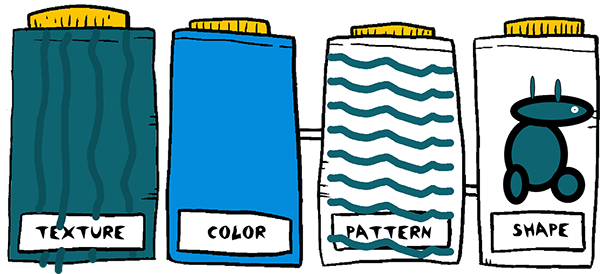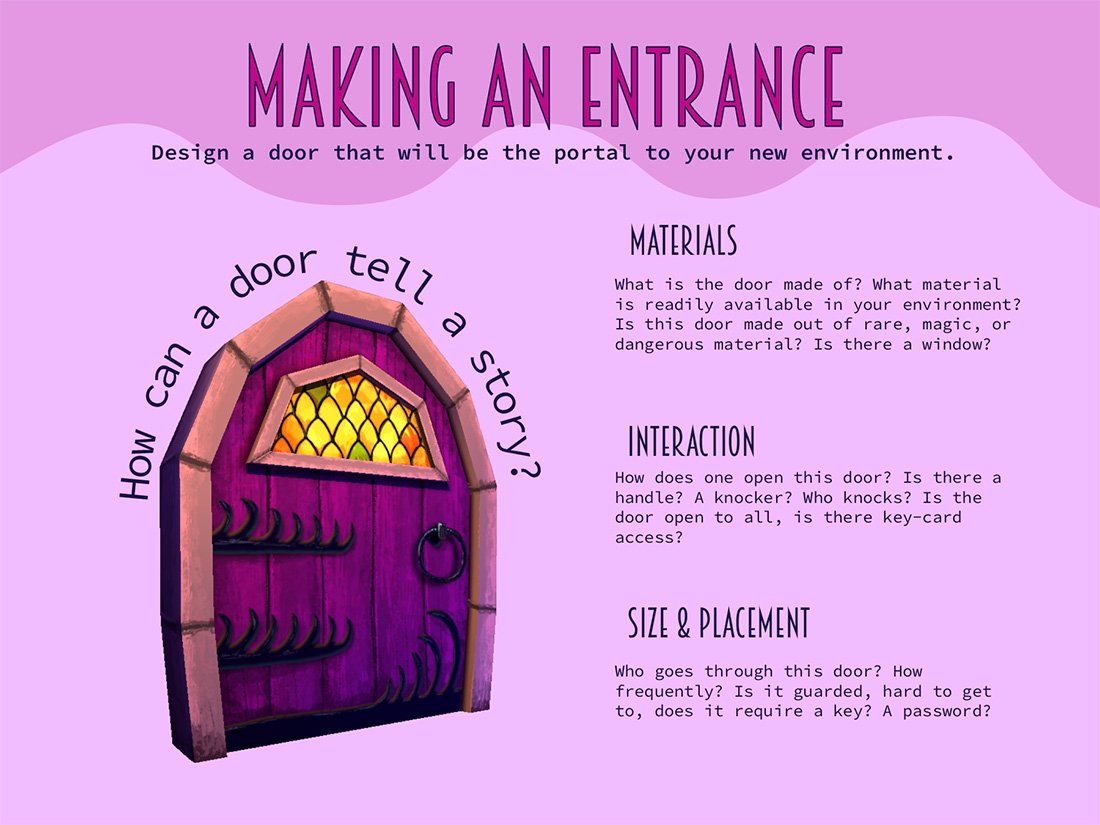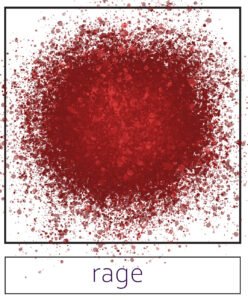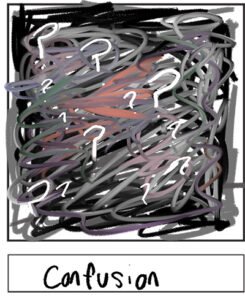Lizard City has amassed a collection of sketches, maps, schematics, digital paintings and 3D models and so much more. I started to think about how I could use these pieces as a model to teach self-exploration through the lens of world building. The concept was so vital to my personal growth and healing, and I wanted to share the techniques with others so that they could explore and heal too. I started to make worksheets and compose lesson ideas alongside the artwork I made. But I didn’t know where to share these ideas, or who needed to hear it.

That changed in 2022. I started a job as a teaching artist at a local arts organization here in Pittsburgh called Manchester Craftsmen’s Guild. The mission of the program is to use art as a means of strengthening the personal identity, technical abilities, and sense of community in Pittsburgh area high school students. The program supports students by providing transportation and snacks upon arrival. Critically, the program is offered cost-free for all students in Allegheny County, and participation is purely voluntary. I taught “digital art”; an all-encompassing category for any art that utilized digital tools in its production



Because of my background in illustration and passion for building worlds, my classes leaned into narrative-focused concept work. Through digital painting and 3D modeling, students could build environments, create characters and creatures, and weave stories that connected everything together. I discovered very quickly that my students were world-builders. They took to the concept easily, and many already had the beginnings of worlds in sketchbooks they brought with them to class. They were hungry to learn how to make captivating characters and environments for those characters to explore. The concept needed no introduction.

The beauty of concept art, and it’s something I’ll repeat again and again, is it thrives on emotional expression. I saw my students’ enthusiasm and creativity as an opportunity to teach more than just digital art, and I got to work incorporating emotions into the core of my lessons. The allure of creating unique and interesting worlds was enough to open students up to the idea of talking and thinking critically about emotions. Through warm ups and guided projects, nuanced conversations about emotions started to happen organically in the classroom.



By iterating on class lessons and learning alongside my students, I developed a library of projects that could harness the power of world building to explore emotions. Piece by piece, Game Not Included started to come together.